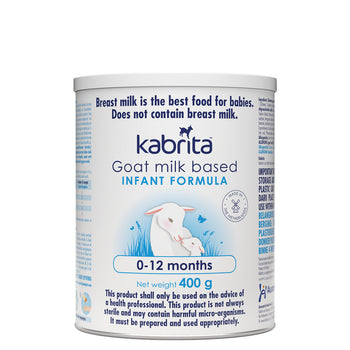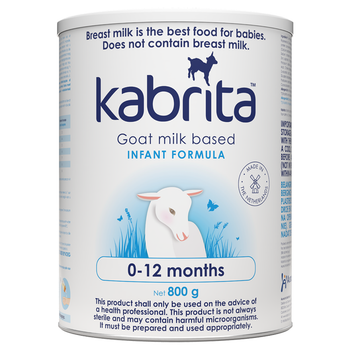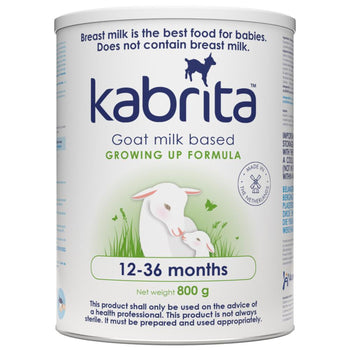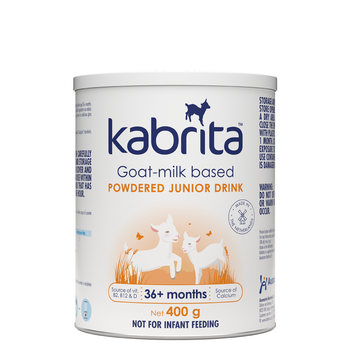The consistency of my baby's stools has changed

Baby poop color can be one indicator of your baby’s health. Your baby will go through a variety of poop colors, especially during the first year of life as their diet changes. It’s also important to understand that what’s normal for adult poop doesn’t necessarily apply to baby poop. This includes color and texture.
Below are the most common poop colors you may see and why.
| Colour | Diet | Is it Normal |
| Black | Seen in breastfed and formula-fed newborns | This is normal in the first few days of life. May not be normal if it comes back later in infancy. |
| Mustard yellow | Seen in breastfed babies | This is normal. |
| Bright Yellow | Seen in breastfed babies | If it’s overly runny, it could be a sign of diarrhea. |
| Orange | Seen in breastfed and formula-fed babies | This is normal. |
| Red | Seen in babies on any diet; may be caused by introducing red solids or could indicate something else | If you haven’t recently introduced red foods to your baby, call your pediatrician. If they’ve eaten a red solid, see if the color returns to normal when they pass the next stool. If not, call your pediatrician. |
| Greenish Tan | Seen in formula-fed babies | This is normal. |
| Dark Green | Seen in babies eating green-colored solids or taking iron supplements | This is normal. |
| White | Seen in babies on any diet and may indicate a problem with the liver | Call your pediatrician. |
| Grey | Seen in babies on any diet and is a sign of a digestion issue | Call your pediatrician. |



